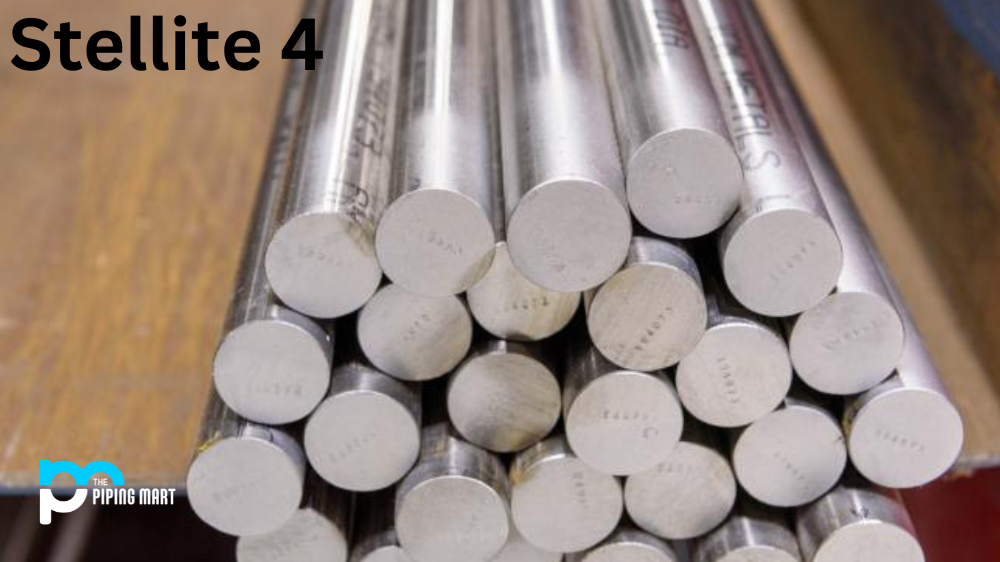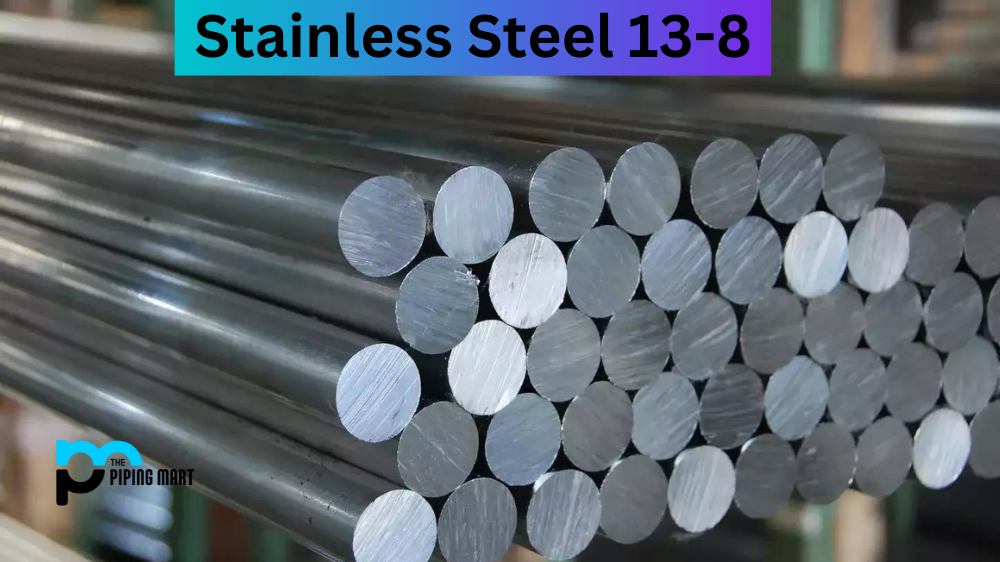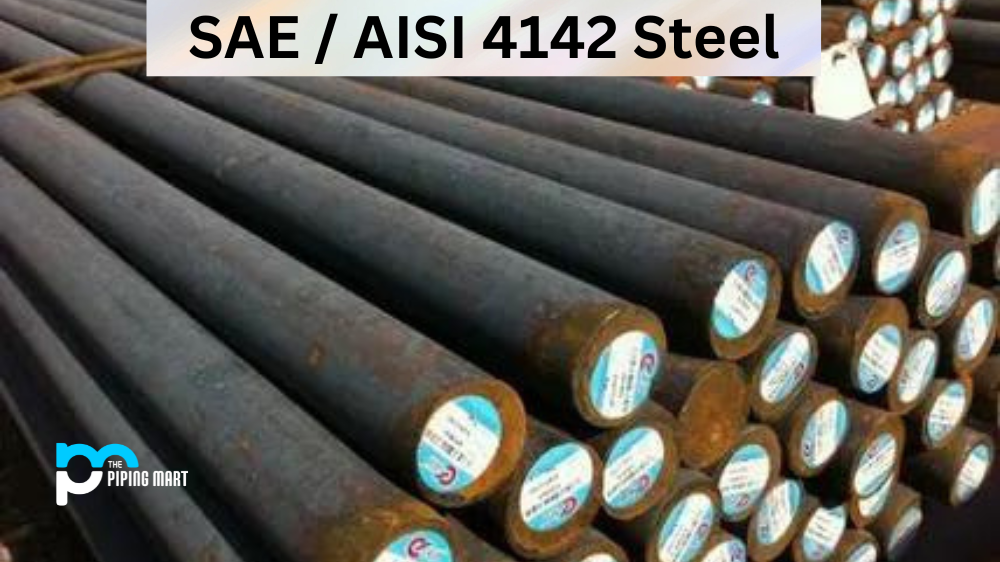Stellite 4 is a widely used cobalt-chromium alloy known for its impressive strength, durability, and resistance to corrosion. Created by the metallurgical company Deloro Stellite, Stellite 4 is renowned for its versatility and has become a go-to material for various applications, from aerospace to automotive industries. In this blog, we’ll dive deep into the composition, physical and mechanical properties, uses, hardness, heat treatment, welding, and corrosion resistance of Stellite 4.
Stellite 4 Composition
Stellite 4 is a complex alloy of several elements, including chromium, cobalt, tungsten, and carbon. Its exact composition may vary based on specific applications. Still, most commercial grades of Stellite 4 contain 28-32% cobalt, 4-6% tungsten, 3-4% chromium, 1-2% molybdenum, and 1.5-2.5% carbon, with the remaining amount being iron, nickel, and other trace elements.
| Element | Amount |
|---|---|
| Chromium (Cr) | 31% |
| Nickel (Ni) | 3% |
| Cobalt (Co) | 53.0% |
| Tungsten (W) | 14% |
| Carbon (C) | 1% |
| Iron (Fe) | 3% |
Stellite 4 Physical Properties
Stellite 4 exhibits excellent physical properties, including a high melting point of 1300°C, 8.55 g/cm3 density, and a thermal expansion coefficient of 14.3 × 10^-6/K. It also boasts outstanding wear resistance, good thermal conductivity, and high corrosion resistance, making it suitable for various applications.
|
Abrasion Resistance |
Excellent |
| Impact Resistance | Moderate |
| Corrosion Resistance | Good |
| Hardness | HRC 40-50 |
| Deposit Layers | 2 Max |
| Deposit Cross Checks | Possible |
| Magnetic | No |
| Hot Wear Hardness | Excellent |
| Machineability | Diffcult |
Stellite 4 Mechanical Properties
Stellite 4 is a challenging and hard alloy with exceptional mechanical strength. Its typical tensile strength is 1050 MPa, with a yield strength of 750 MPa. It is also highly ductile, elongating at a break of around 12%. Due to its impressive strength-to-weight ratio, Stellite 4 is ideal for use in high-stress applications.
Stellite 4 Uses
Due to its excellent wear, thermal, and corrosion-resistant properties, Stellite 4 has found a wide range of industrial applications. It is commonly used in oil and gas drilling equipment, cutting tools, valve seats, bearings, and bushings. It is also used in the aerospace and automotive industries to make hot section components of gas turbine engines, such as combustor liners, blades, and vanes. Additionally, Stellite 4 is used to produce medical implants and prostheses.
Stellite 4 Hardness
Stellite 4 is known for its exceptional hardness, which remains consistent even at high temperatures. It has a Rockwell C hardness 53 59, making it harder than most steels and alloys. This high degree of hardness means that Stellite 4 is resistant to wear and can withstand extreme environments.
Stellite 4 Heat Treatment
Stellite 4 is an alloy that cannot be heat-treated like other metals. It is incredibly hard and brittle, which makes it challenging to process. Instead, it is typically processed by cold working, machining, grinding, or welding, which alters its microstructure and improves its properties.
Stellite 4 Welding
Stellite 4 can be welded using various methods, including TIG welding, MIG welding, and laser welding. However, welding effectively cannot be easy due to its high carbon content. To achieve the best results when welding Stellite 4, it is essential to use proper welding techniques and a suitable filler material.
Stellite 4 Corrosion Resistance
Stellite 4 is highly resistant to corrosion, even in harsh environments that contain corrosive agents like acids or bases. Its corrosion-resistant properties make it an ideal material for oil and gas drilling equipment, where it can withstand the severe conditions inherent in the drilling process.
Conclusion
In conclusion, Stellite 4 is a remarkable alloy with extensive industrial use due to its exceptional strength, hardness, and corrosion-resistant properties. Its incredible versatility makes it ideal for various applications, including cutting tools, aerospace components, and medical implants. While challenging to process like other high-performance alloys, Stellite 4 offers excellent value for your investment. So, whether you’re an engineer, researcher, or industry professional looking for a material that can withstand extreme conditions, you can go right with Stellite 4.




